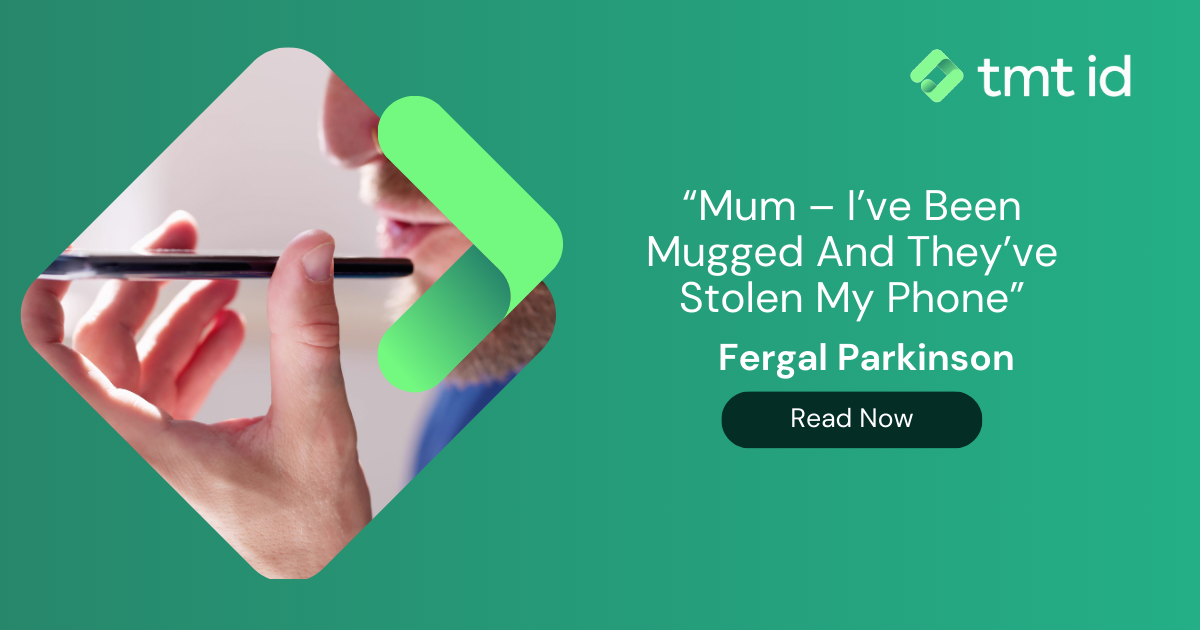
This summer the UK government vowed to put a stop to what it described as “text scam misery” as it unveiled an action plan to tackle fraud.
Braverman later wrote: “These criminals don’t care who they target. It could be your elderly parents, a vulnerable neighbour or a close friend. They could prey on your emotions to catch you off guard. They could even be after that pension pot you’ve spent a lifetime building.”
And Prime Minister Rishi Sunak said supportively: “We will take the fight to these fraudsters, wherever they try to hide.”
Accompanying briefings suggested that the specific fraud that had tipped them into taking action was the so-called ‘mum and dad’ scam. In this, a message purporting to come from a daughter or son is sent from an unrecognised number, a fact which is explained by the message: their regular phone has been lost or stolen. They’re borrowing this one from a friend and they’re in distress.
There are many variations on this basic formula, but in every one the supposed loved one needs money urgently – and in most cases the targeted victim will send that money before they stop to corroborate that the message was from their child at all.
It was the recent prevalence of this scam that prompted this year’s action plan.
Opposition parties said the plans do not go far enough while independent media commentator Martin Lewis said they were a “good first step” but that progress is likely to be “slow going”.
I tend to agree with Lewis on this: anything that the government does to target the fraudsters is welcome because, frankly, fraud is at epidemic levels.
And not just in the UK, where I live, but globally.
And therein lies a key part of the problem: any national system of regulation or digital security-provision is attempting to police a criminal network that is not only vast but borderless. The fake SMS pleas for help the UK government is trying to stamp out could be coming from anywhere: Romania, Nigeria or The Philippines are just as likely origins of these messages as Sheffield, Bristol or Liverpool.

In all likelihood they originate in places beyond any UK jurisdiction or even influence.
This is why the emphasis appears to be, quite sensibly, on targeting aspects of this the authorities potentially can actually reach: they may not be able to get to the SMS factories themselves, but they can try to make it harder for them to get their messages out.
The action plan for instance includes a clampdown on number “spoofing”, so fraudsters cannot easily impersonate legitimate UK phone numbers, which would render “hello mum, it’s me” less convincing.
Another trailed initiative is that banks will not just be legally allowed but actively encouraged to delay payments from being processed for longer to allow for suspect payments to be investigated – again a potentially higher hurdle for the fraudsters to clear. So, steps like these are to be encouraged: it should all help.
But go back to the second part of what Martin Lewis said in his reaction and we realise that this help will necessarily be limited. Preventing these frauds is likely to be “slow going”, you’ll recall.
The sad truth is that fraudsters around the world are inventive, light on their feet and extremely nebulous. Governments who are more used to using legislation to regulate the banking sector, say, lack these same qualities: they aren’t equipped to fight on the same terms with an enemy they can’t even properly identify and whose terms of engagement constantly change.
This is like trying to fight against guerilla action with a regular army.
And so frankly, nine times out of ten, I’d back the nimble fraudsters to find a way around whatever obstacles the cumbersome regulators put in place.
At TMT we believe the government is yet to recognise to the key role in spotting fake messages played by the numbers that sent them themselves. We work with private-sector institutions globally to identify in a fraction of a second whether a number is genuine or likely to be linked with fraud – whether it’s being used in the country it purports to be in, and so on.
If governments could find a way to roll access to this service out to these vulnerable ‘mums and dads’ it could have much more impact than the number blocks – which can be bypassed – and the like, that they propose.
Until such a time arrives, what’s likely to be more significant than the action plan itself, is actually the publicity around it.
Because I suspect that anything that drills into people’s minds that they should not immediately trust that a message comes from someone it claims to will have much greater impact than the measures themselves.

Last updated on March 20, 2024
We provide comprehensive device, network and mobile numbering data available.
Contact us > Chat to an expert >